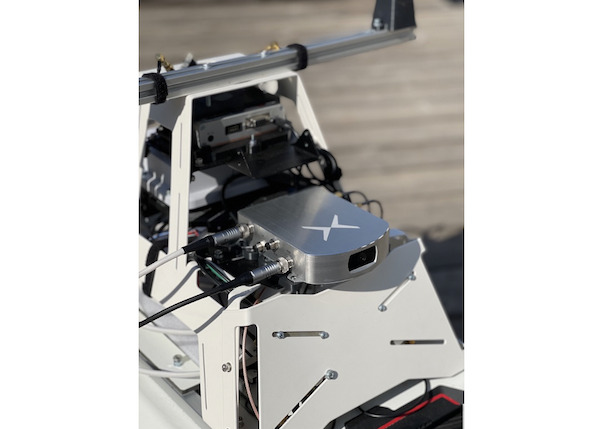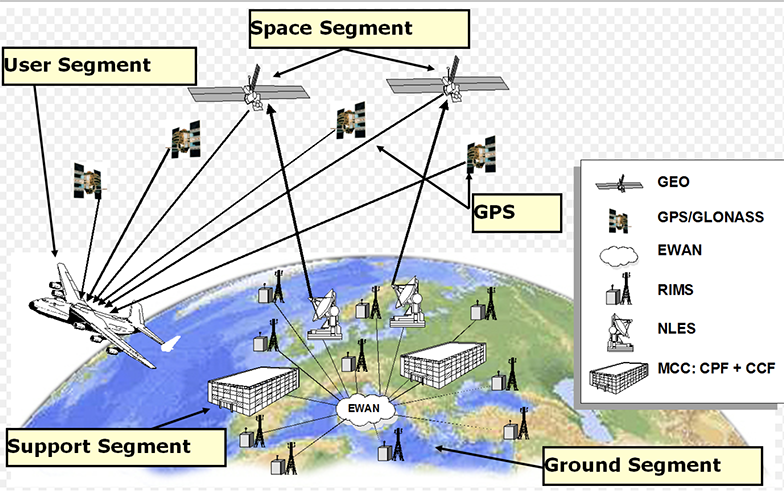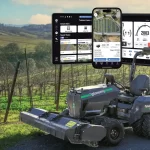Fixposition, a positioning solution provider, recently launched Vision-RTK2, a new generation of positioning sensors powered by deep sensor fusion technology that’s an upgraded version of the original Vision-RTK.
The sensor is built to meet the strong demands of unmanned vehicles, drones and robots, providing global positioning with high accuracy in all scenarios and helping robots achieve autonomy in more environments and in a more scalable way.
By FIXPOSITION
Vision-RTK2 deeply fuses computer vision, RTK-GNSS, inertial sensors (IMU), and wheeled odometer data, and combines machine learning algorithms to deliver continuous, real-time, reliable centimeter to decimeter accurate global positioning even in challenging scenarios where GNSS signals are blocked, shielded or intervened by reflection.
The technology behind Vision-RTK2
The test video released by Fixposition shows a robot equipped with Vision-RTK2 running through a complicated square, pedestrian passage and underground parking lot. The Vision-RTK2 solution was well aligned with the ground truth trajectory, while the other GNSS and GNSS+IMU solution in the test had big position errors due to multipath and weak satellite signal.
Vision-RTK2’s horizontal and elevation positioning accuracy is 1.0cm + 1ppm in RTK FIX state. It also can achieve decimeter-level positioning accuracy in urban canyons. In total GNSS denied indoor areas, its position drift is in the range of 0.5% (with wheel speed input) to 1.5% (without wheel speed input). It is worth mentioning that in dead reckoning products where the position drift is accumulated over time, Vision-RTK2’s drift is only related to the distance moved in GNSS outages areas. Vision-RTK2 is therefore particularly suitable for low-speed autonomous platforms that need to operate in complex environments with poor satellite signals.
The new product is optimized for small to medium size, low to medium speed (below 100km/h) and ultra-low speed ground robot platforms, like outdoor logistics robots, unmanned delivery vehicles, outdoor automatic cleaning robots, agricultural robots, and automatic lawn mowers, which have clearer and more stringent requirements for positioning in various scenarios.
Vision-RTK2 has a solid price-to-performance ratio, achieving continuous centimeter to decimeter global positioning output in complex and harsh environments at a reasonable price. There is also room for further price optimization after mass production.
The problem the solution solves
GNSS is widely used for outdoor positioning and navigating robots, drones and any moving platform that needs to know its positioning with respect to the Earth. Unfortunately, in a variety of challenging environments, such as urban canyons where satellite signals are bouncing off or are blocked by buildings, GNSS can’t keep accuracy. This solution helps fill that gap.
As an upgraded product, Vision-RTK2 has significantly improved performance and a richer interface. The core value of Vision-RTK2 is to expand GNSS-based global positioning to more scenarios to help customers optimize their autonomous driving solutions and reduce the cost of positioning and navigation, ultimately expanding the scope of application for their products.
In addition to vision and satellite navigation technology, Vision-RTK2 incorporates inertial sensors, wheeled odometers, and machine learning algorithms. The disruptive innovation not only solves the problem of GNSS signals being blocked and reflected, but also avoids the interference of pure visual odometer positioning with a sudden change in lighting. Vision-RTK2 can achieve real-time and stable high-precision positioning output, day or night, or even in the case of driving from an underground garage to an open area with strong contrast of light.
“We have been deeply involved in visual positioning, high-precision satellite navigation positioning, sensor and machine learning technology for many years,” Fixposition CEO Dr. Zhenzhong Su said. “We released the first generation of Vision-RTK as an MVP in October 2020 and have gained a position from our customers. With years of polishing and optimization aiming to develop a product to closer fit the market, we officially released the Vision-RTK2, an upgraded technology for mass production, at the end of March this year.”






